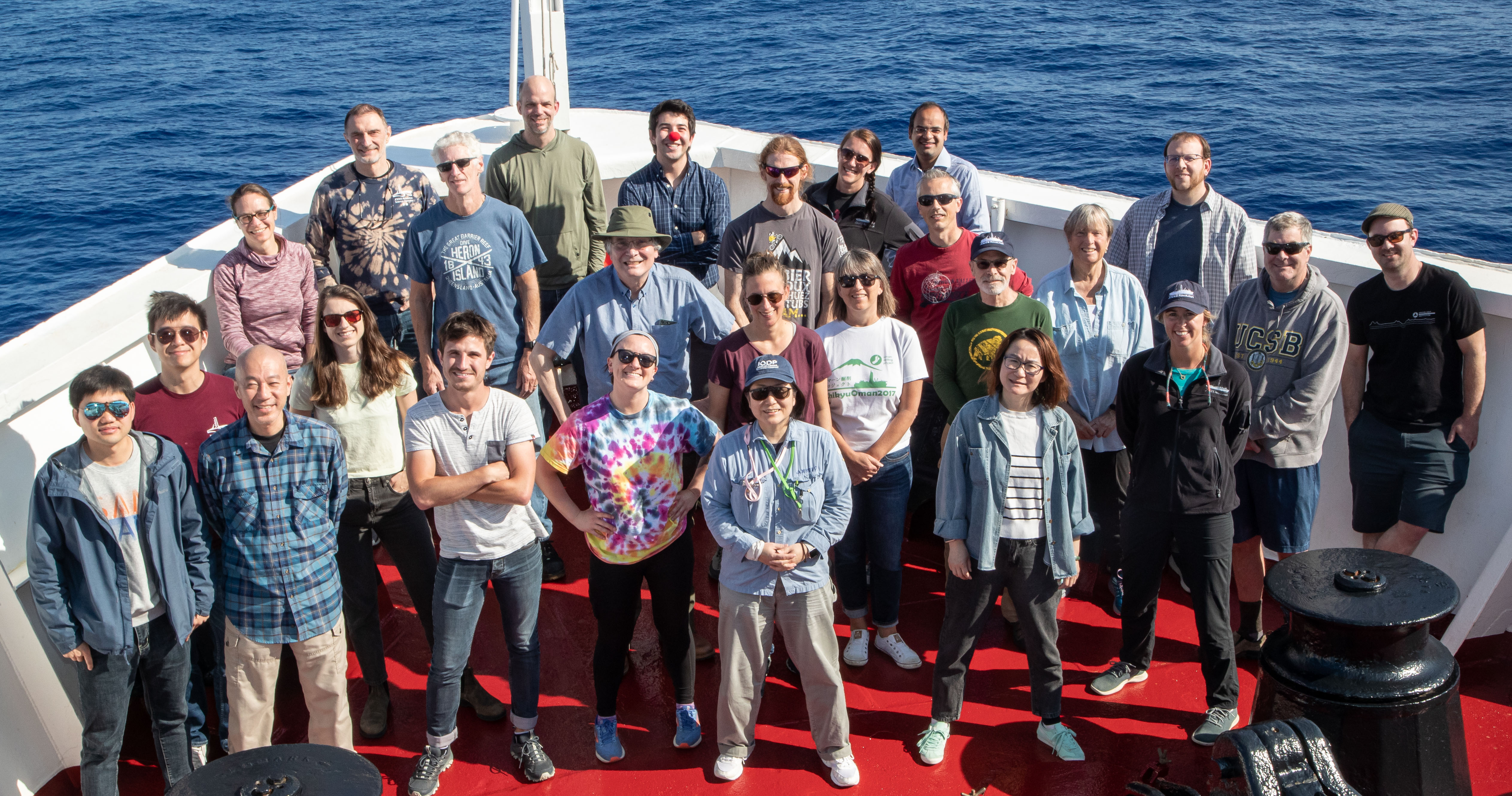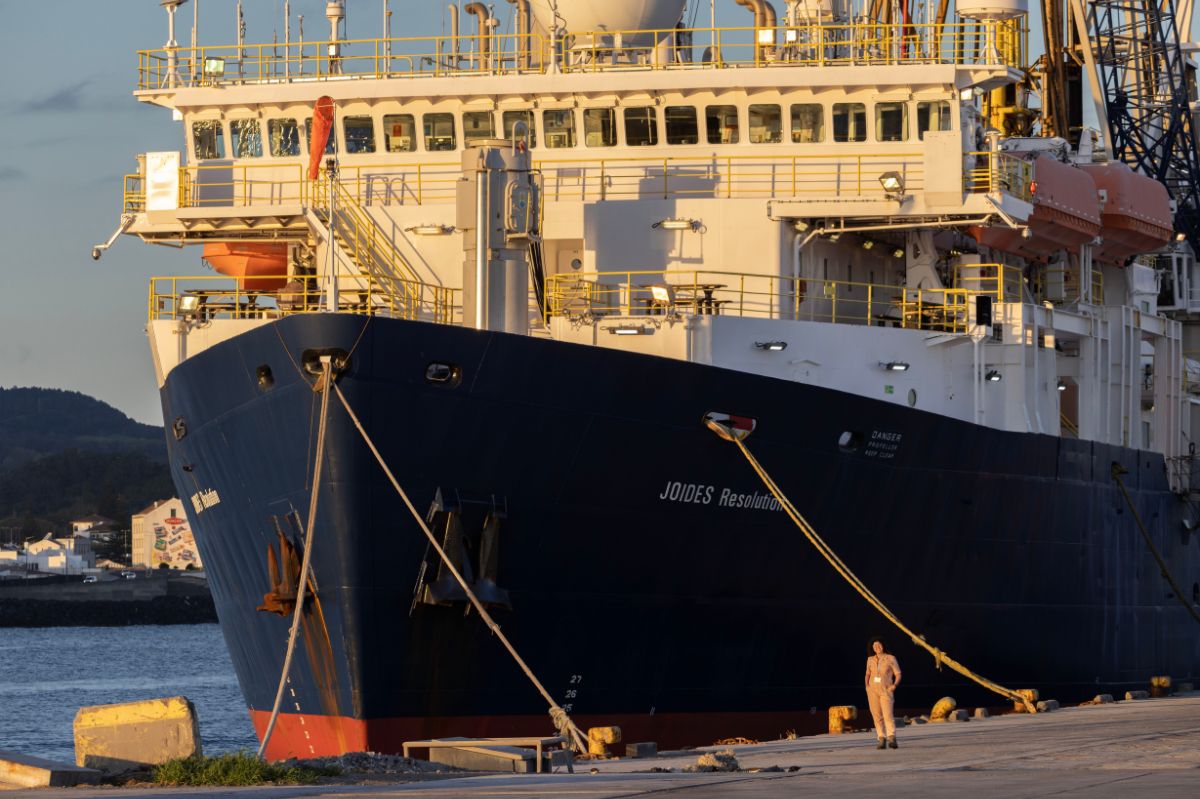By Emily Delgado
Mark Reagan, a professor emeritus in the Department of Earth and Environmental Sciences in the College of Liberal Arts and Sciences, traveled to the Azores last summer for three months to work with scientists from across the world to conduct research on the Mid-Atlantic Ridge.
Funding from the National Science Foundation allowed Reagan to participate in an expedition where the group drilled more than 1,200 meters into the Atlantic Ocean floor near the Mid-Atlantic Ridge using the drillship JOIDES Resolution.
The Mid-Atlantic Ridge is a location where large tectonic plates are diverging, which causes the mantle — the hot, thick layer of the Earth that underlies its crust — to rise toward the surface, Reagan explained. The upwelling mantle typically melts and produces magma, which creates oceanic crust.
The drilling occurred in a location where the Earth’s mantle is directly on the seafloor rather than crust, which is unusual, Reagan said. This location also is nearby the Lost City hydrothermal field, where hot waters are venting on the ocean floor and hosting a unique ecosystem.
“One of the goals of our research on the rock samples collected by drilling is to determine why the mantle is on the surface of the Earth here rather than crust. This type of mantle is rarely found on land, so another goal is to document the nature of mantle beneath the ocean floor” Reagan said. This geologic setting has been cited as a place where life could have started on Earth, so an important focus of the expedition was on the microbiology and organic chemistry of the rocks and fluids collected during the expedition. Thus, this research required many scientists, including geologists, geochemists, and microbiologists.
“The research associated with the drilling expedition last summer, has just begun,” Reagan said. “We still are in the process of documenting the nature of the rock and fluid samples collected during the drilling.”

Reagan is not new to the world of exciting research. Over the course of his career, he has conducted research on the geology of western Pacific islands, and has studied volcanoes in Central America, South America, the Cascades, and Alaska.
In the late 2000s, Reagan spent time underwater using the Shinkai 6500 submersible to explore the seafloor south of Japan, near the Mariana Trench. The submersible dives as deep as 6,5400 meters. Dives take 8 hours; 2-3 to reach the sea floor, 3-5 to conduct research, and 1-2 hours to return to the surface depending on the depth of the dive.
“The light fades and is largely gone by about 200 meters, so most of the way down it’s dark. It’s actually quite peaceful as you dive, and the pilot often puts on music to help pass the time. It does get quite cold though, so you dress warmly,” Reagan said. “Near the bottom, the exterior lights are switched on, and you often see some interesting deep-sea fishes, cephalopods, or crustaceans. This is the deepest point in the dive, and is where the work of documenting observations and collecting geologic samples begins.”
The dive expeditions were followed by a drilling expedition of the JOIDES Resolution, which recovered geologic samples in stratigraphic context, allowing a detailed geological history of the Mariana trench slope to be determined.
Reagan is grateful for the long support from his department and the college over the course of his career. He indicated that this support has been crucial for the success of his research as well as that of the students he has worked with.
“From the perspective of a scientist, understanding how the Earth works is important in its own right, and it often has various implications for society such as understanding the carbon and water cycles and knowing where natural resources may be found,” Reagan said.
Reagan said research results of the Mid-Atlantic Ridge drilling expedition are expected to be published beginning in 2024 and over the next several years.
